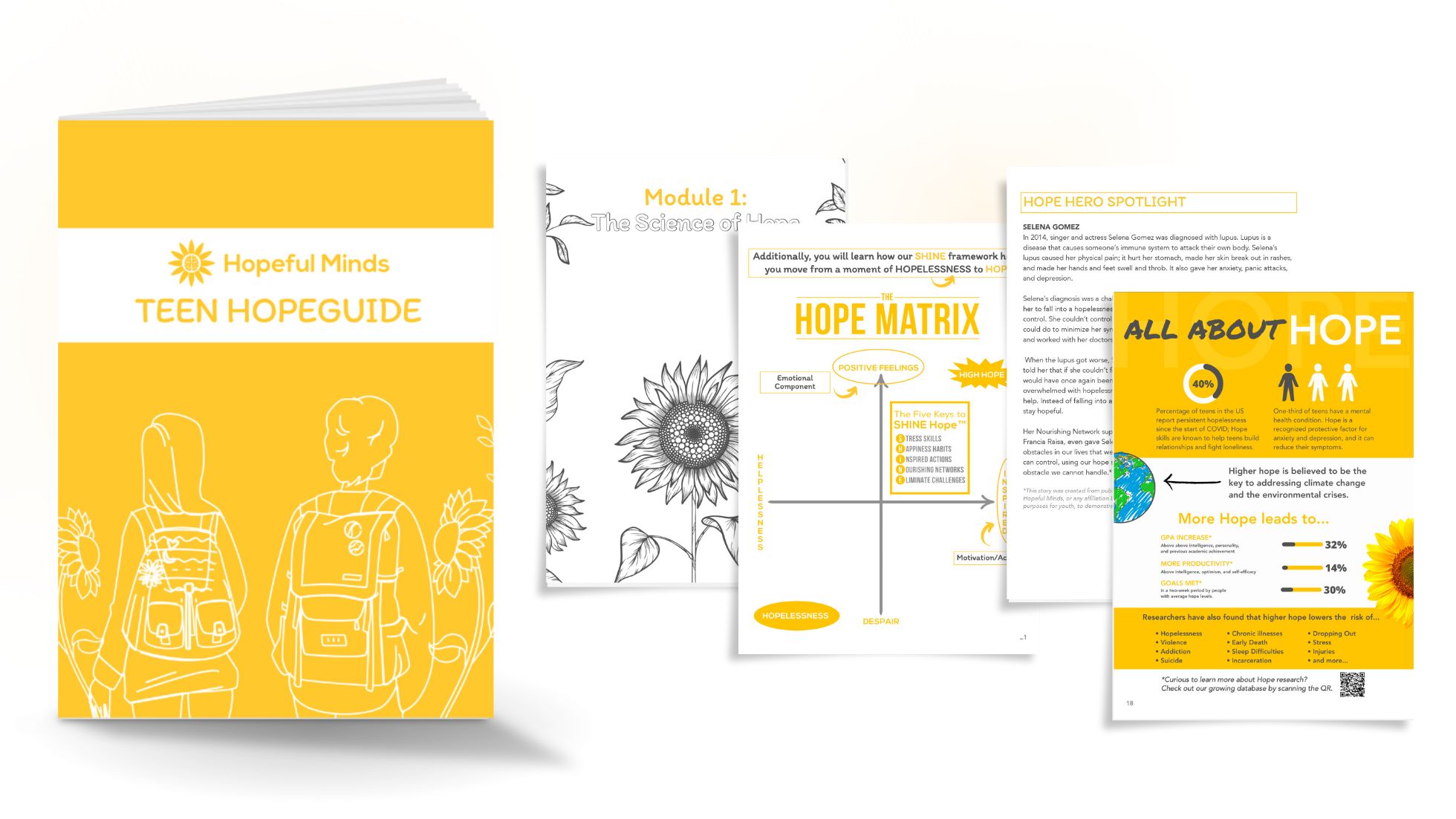
Research suggests that investing in health interventions is profitable, with a return on investment of $4 for every $1 spent. Depression stands as the primary cause of disability on a global scale, exerting a significant economic burden. Additionally, in the United States alone, the cost of medication and treatment nonadherence amounts to a staggering $290 billion each year in healthcare expenditures. These statistics highlight the urgent need for prioritizing healthcare investments and allocating resources.
Offering patients the skills on the ‘how to’ of hope is crucial for positive health outcomes. Hope instills the skills for a positive mindset and goal-setting, motivating active participation in treatment plans, medication adherence, and adopting healthier lifestyles. This hope acts as a guiding force, aiding patients in navigating and overcoming obstacles on their healthcare journey.
Higher levels of hope are linked to:
- Decreased risk of developing chronic health conditions, such as cardiovascular disease and cancer
- Hopelessness is a predictor of chronic health conditions independent of depression and other common risk factors
- Decreased risky behaviors (i.e., substance use, reckless driving, unprotected sex).
- Decreased risk of mental illness, including depression and anxiety.
- Decreased chronic pain and back pain
- Decreased recovery times following an injury.
- Decreased hopelessness; 48% of Americans reported feeling hopeless since COVID-19
- Decreased the risk of suicide.
- Suicide is the 2nd leading cause of death in teens and young adults.
- Emergency department visits for attempted suicide have risen by 51% percent among adolescent girls and reports indicated 25% of teen girls made a suicide plan.
- Hopelessness is predictive of both loneliness and suicidally, and notably, there is no found relationship between between loneliness and suicidality beyond hopelessness.
- Increased medication and treatment adherence.
- Increased sleep quality and quantity
- Increased care for oneself during an illness, reducing the risk of comorbid conditions (e.g., obesity, functional impairment, substance misuse, etc.)
- Improved prognosis with individuals diagnosed with diabetes
- Increased ability for parents of children with autism, intellectual disablity, and developmental disability to cope with stressors and follow treatment recommendations




